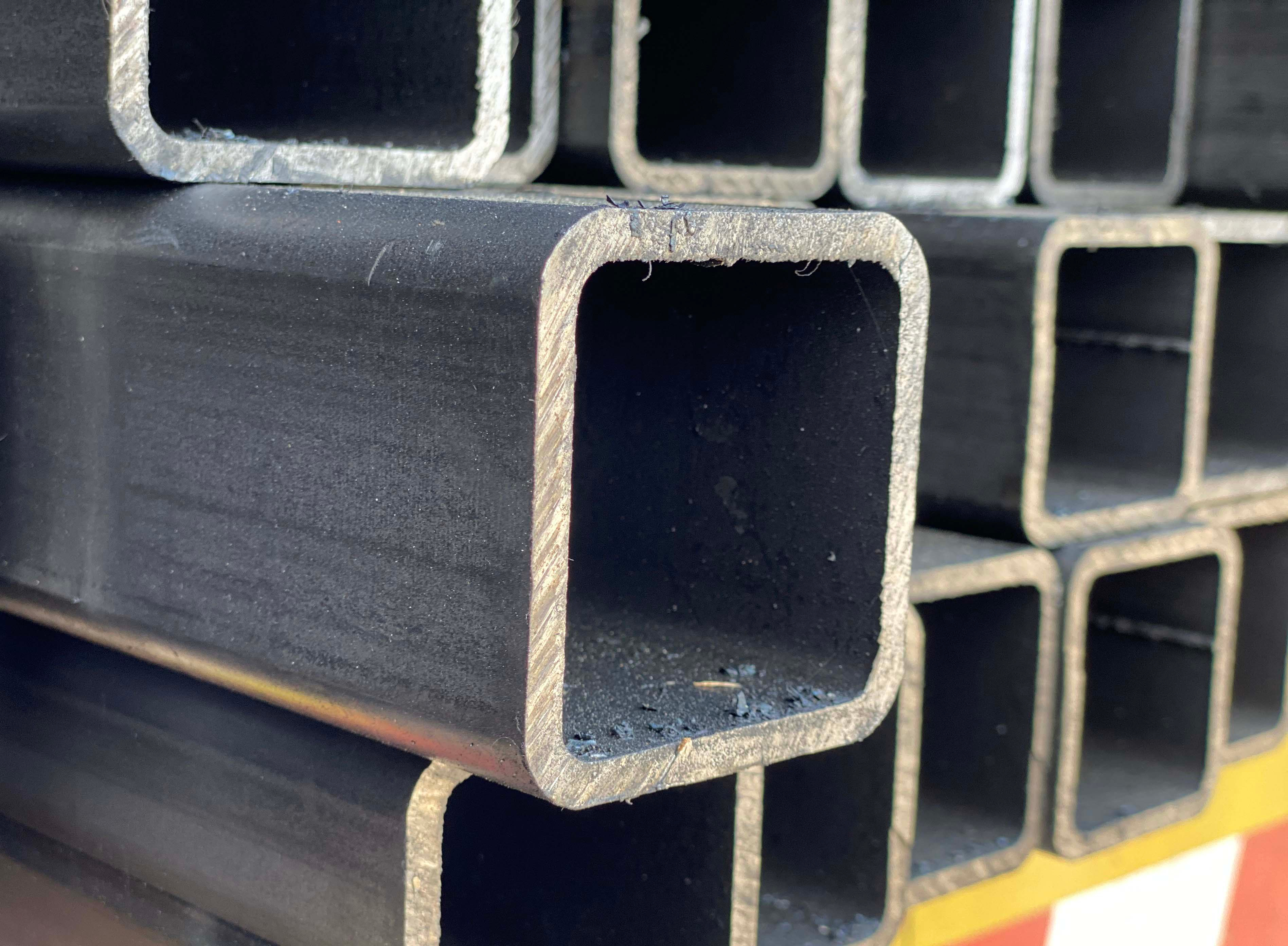Addressing Climate Change with Structural Steel Tube
Learning Objectives:
- Understand how structural steel is produced and its contribution to global carbon emissions. Be able to specify structural steel for embodied carbon reductions in the context of the global supply chain.
- Recite how using HSS members in lieu of wide flange steel members can lead to significant embodied carbon reductions and what should be considered during the design phase.
- Recognize how end of life considerations for steel can be a significant benefit to embodied carbon over that of other structural materials like concrete and timber.
- Identify the benefits of using HSS members over wide flange members for structural material quantity efficiency. Engage your structural engineer in how to consider embodied carbon in the design of the structural frame.
Credits:
This course is approved as a Structured Course
This course can be self-reported to the AANB, as per their CE Guidelines
Approved for structured learning
Approved for Core Learning
This course can be self-reported to the NLAA
Course may qualify for Learning Hours with NWTAA
Course eligible for OAA Learning Hours
This course is approved as a core course
This course can be self-reported for Learning Units to the Architectural Institute of British Columbia
Given the significant contribution buildings make to overall global emissions, building designers find themselves central to the fight against climate change. It turns out that about half of the embodied carbon of new buildings comes from the structural system which highlights the importance of early design team decisions that architects, and structural engineers make. The current narrative that is often brought up in design team meetings that there isn’t much one can do with steel and embodied carbon is false.
Structural steel framed systems offer tremendous benefits to the building program through its ability to support a range of beams spans, floor-to-floor heights, and speed of construction to name a few. Making embodied carbon reductions in these systems can be robust but does require a complete assessment of non-structural components related to the structural system, not just a comparison of member environmental product declarations, to capture functional equivalency. For example, you cannot compare the steel alone of a wide flange steel column to that of an HSS steel column when the wide flange is wrapped in architectural treatments and the HSS is exposed to view.
This course includes a description of building's contribution to climate change and how the design and construction can mitigate the biggest impacts. Global emissions and current carbon targets are reviewed and insights into current policies around embodied carbon are provided. The design of steel tubes is reviewed and comparisons to wide flange members are made with examples of where steel tubes are more efficient options. The production of steel tubes is explained in relation to the average embodied carbon and comparisons to wide flange members are provided. A deep dive into the complete embodied carbon picture will demonstrate the many benefits of using tubes in lieu of standard wide flange members in the context of functional equivalency.

Photo courtesy of Steel Tube Institute

|
Michael Gryniuk is Founder and Principal of Cora Structural, a full-service structural engineering firm that he started after 22 years of professional experience in the industry working on some of the most complex projects in and around the Boston area. Michael is known for his ability to think creatively, design efficient structural systems with an innovative forward-thinking and proactive approach and to manage large teams. He is also a national leader in the field of structural embodied carbon evidenced by being a co-founder of SE 2050 and currently serving as its Chair. He is active on several local and national committees of both structural engineering and sustainability and frequently presents on each topic. Michael started Cora Structural out of the idea that a firm can provide exceptional structural services, develop strong client relationships, be responsive, while simultaneously serving the greater good. |














